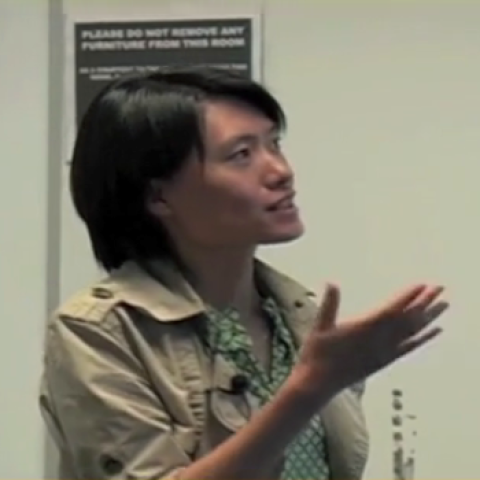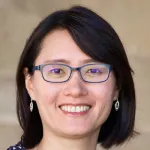Interdisciplinary Initiatives Program Round 6 - 2012
Fan Yang, Orthopaedic Surgery
Renee Reijo Pera, Obstetrics and Gynecology
Bertha Chen, Obstetrics and Gynecology
Pluripotent stem cells (PSCs) have great potential as cell sources for repairing lost tissues or organs due to their capacity of self-renewal and differentiating into any type of cell in our body. Urinary incontinence (UI) is a chronic and debilitating condition that is attributed to the loss of smooth muscle cells and function of the urethral sphincter. UI affects up to 50 percent of adults with 12.4 billion dollars spent per year for diagnosis treatment in the USA alone. Moreover, UI is one of the most common reasons for institutionalization of aging women and carries staggering financial costs, as illustrated by the fact that annual sales of adult diapers surpass that of baby diapers. The long-term goal of this project is to develop stem cell-based therapy to regenerate smooth muscle tissue for restoring urethral sphincter function.
Diverse protocols have been developed to direct lineage-specific differentiation of human PSCs. Most methods rely on lengthy and poorly defined processes that culture cells on 2D surface, and often result in very low differentiation efficiency with predominantly immature fetal cell phenotypes. Efficient directed differentiation of PSCs into mature cell types remains a major challenge of stem cell biology. In contrast to differentiation in vitro, during embryo development, cells reside in a complex 3D niche where they interact continually with extracellular matrix to sense biochemical cues and matrix elasticity. Based on these observations, we hypothesize that a 3D culture model that mimics the biochemical and mechanical cues of the native extracellular matrix will promote the differentiation of hPSCs into mature, functional smooth muscle cell types.
Here, we propose to work at the interface of biology, material science, engineering and medicine, to develop novel 3D combinatorial systems to model the complex interplay of niche signals on stem cell fate in 3D, and to rapidly optimize stem cell niche using high-throughput strategies. Our proposed technology will allow concurrent encapsulation and real-time monitoring of stem cells fate in 3D hydrogel microarrays using ~2 orders of magnitude less cells and materials than conventional approaches. The novel high-throughput screening platform we develop here may accelerate PSC-based therapy not only for regenerating smooth muscle tissue types, by rapidly identifying optimal niche cues to direct hPSCs into functional mature cells, but is also widely applicable to regenerating other cell and tissue types in our body. Furthermore, the technology platform is very versatile and can be adapted to examine cell fate regulation by any stem cells including not only PSCs, but also multipotent progenitors, and cancer stem cells.



